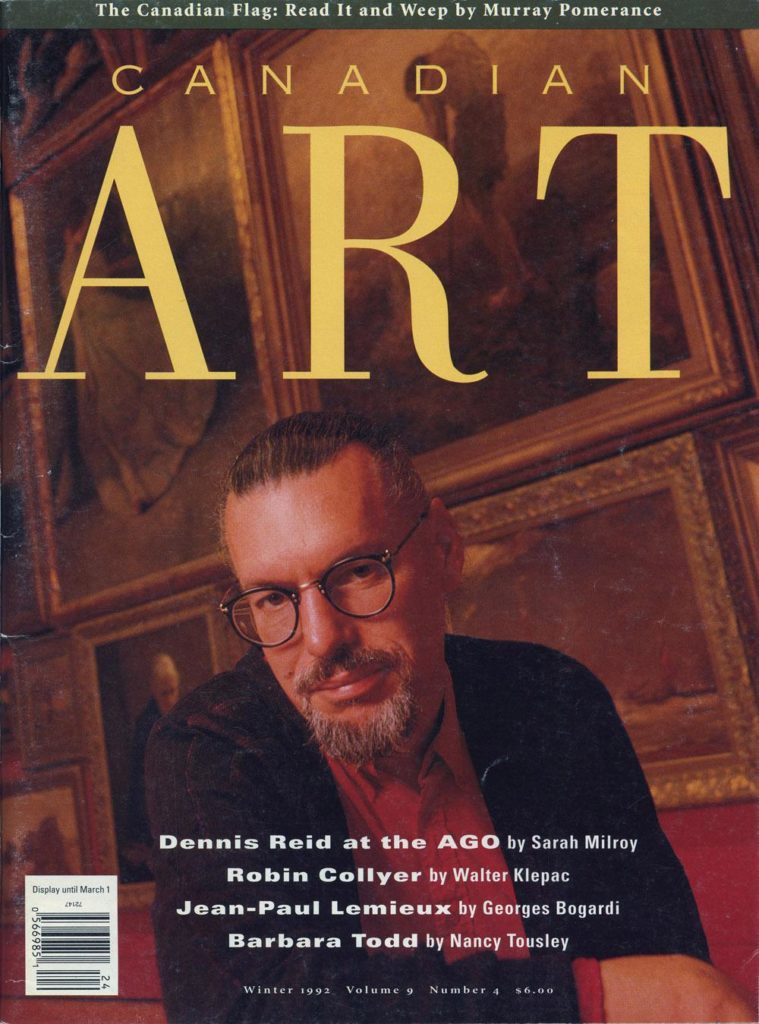To converse with Dennis Reid, the Art Gallery of Ontario’s curator of historical Canadian art, is to be entirely attended to, to be wrung for one’s nuances, to be thoroughly perceived. If paintings and sculptures are living things—as one comes to believe walking through Reid’s new installation of Canadian art at the AGO—then this must be what it feels like to be a work of art under his beneficent captivity. For Reid, as for any truly first-rate curator, a work of art’s meanings are never exhausted, its secrets never fully disclosed. The curator’s task is to give that object the room to speak—even if sometimes in whispers—and, of course, to offer it good company for conversation.
This Reid has done outstandingly well. Rather than seeming a mere sequence of objects—points on the graph of artistic development—his soon-to-be unveiled installation of historical Canadian art feels instead like a gathering of old friends, huddled together in convivial discussion. In part, this is because of the warm tones and domestic scale of many of the spaces. But largely it is due to the grace and tact of Reid’s shaping hand. The Group of Seven, instead of looking like stuffy inevitables, fairly pulse with new life at the centre of the installation, connected by numerous archways to the Canadian Art Club of 1907 to 1915 (with its emphasis on the Parisian idiom), the Arts and Crafts movement in Toronto at the turn of the century (including a preponderance of women artists such as Laura Muntz, Marion Nelson and Mary Hiester Reid as well as early works by J.E.H. MacDonald and Lawren Harris), the stylized and spiritual landscapes of Emily Carr, the figurative concerns of the thirties and forties (artists like Charles Comfort, Carl Schaefer, Paraskeva Clark), and the new room full of David Milnes.
So begins our Winter 1992 cover story. To keep reading, view a PDF of the entire article.









